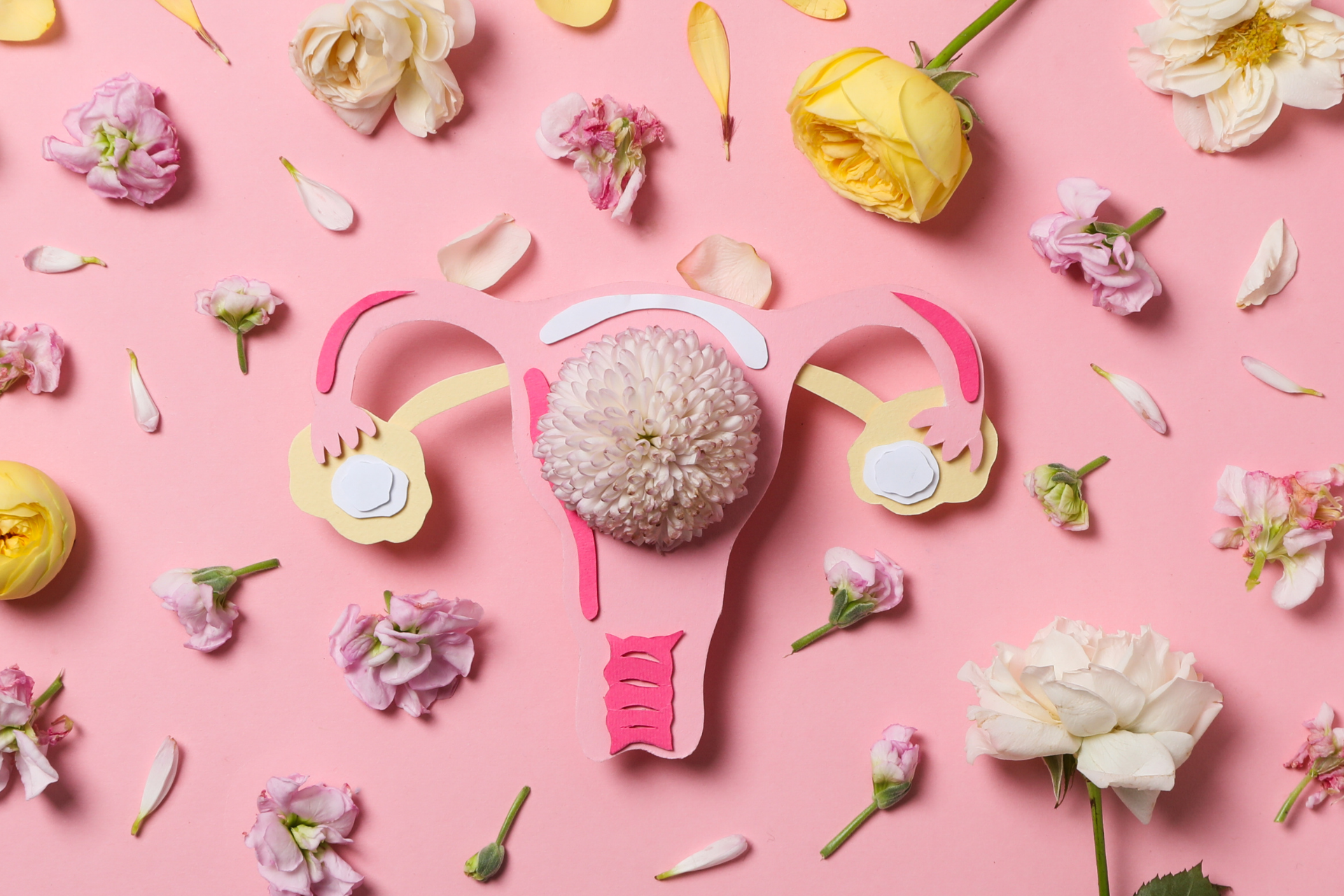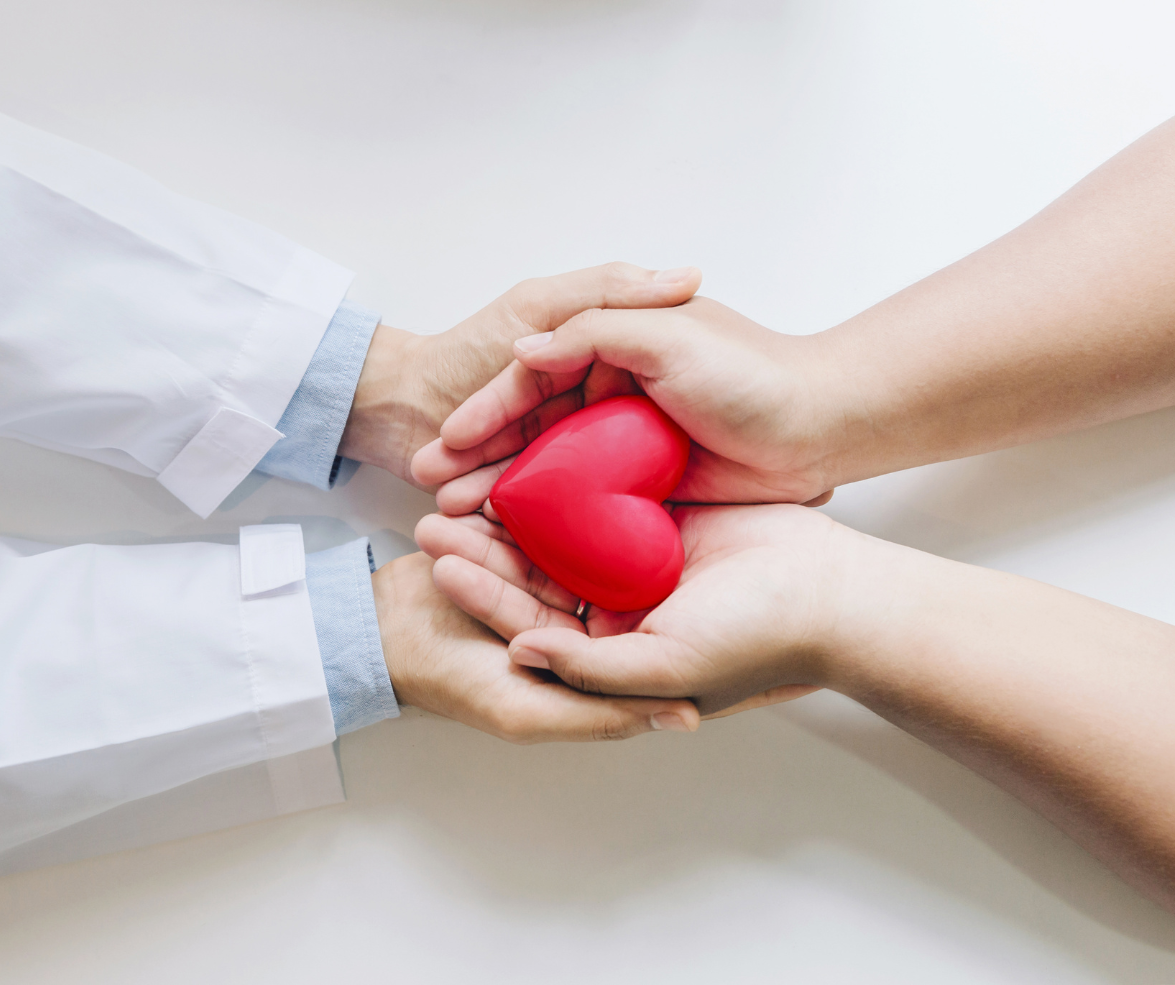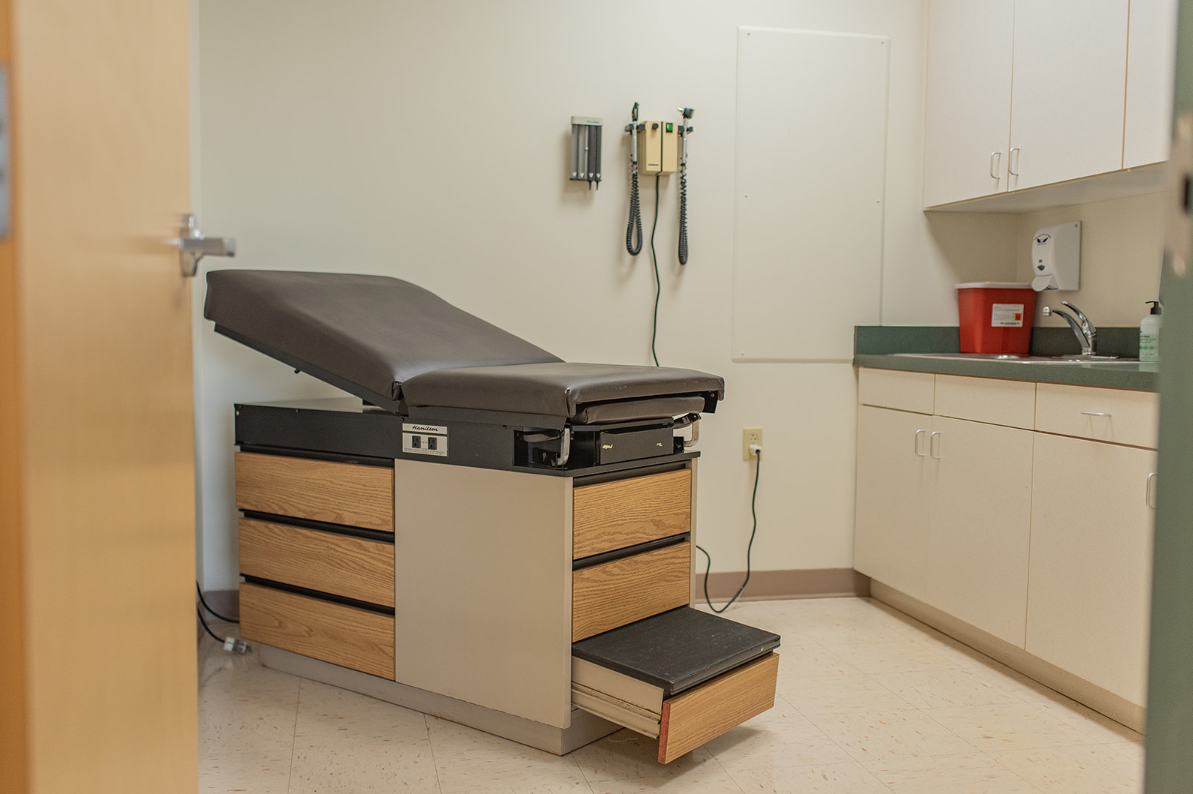3 Alternative Remedies for Headaches & Migraines
Key Takeaways
- Alternative remedies for headaches are gaining popularity as people seek holistic solutions beyond pharmaceuticals.
- Ozone therapy helps improve oxygen utilization, blood circulation, and reduces inflammation, making it effective for headache prevention.
- Salt therapy supports respiratory health and relaxation, which may help reduce migraine triggers and symptoms.
- IV therapy provides rapid relief by delivering essential nutrients and hydration directly into the bloodstream.
- A holistic approach to headache relief, including these therapies, can improve overall well-being and reduce headache frequency.
Headaches have become an all-too-common ailment, affecting billions of people worldwide. While over-the-counter pain relievers remain a go-to solution like ibuprofen and tylenol, many individuals are seeking alternative remedies to address the root causes of their headaches rather than just masking the symptoms. People are realizing that wellness can be a part of their life and they can work with different remedies to bring long lasting relief and healing.
Holistic and natural alternative therapies have gained significant traction in the wellness space, offering effective relief without the potential side effects of pharmaceuticals.
As research continues to support the efficacy of alternative remedies for headaches, treatments such as ozone therapy, salt therapy, and IV therapy are emerging as promising options for those who suffer from chronic headaches and migraines.
Ozone Therapy for Headaches
Ozone therapy harnesses the power of oxygen to promote healing and reduce inflammation. By introducing medical-grade ozone into the body through various methods, this therapy helps improve oxygen utilization at the cellular level, which can be particularly beneficial for those who suffer from frequent headaches.
Many headaches, including migraines, are linked to poor circulation and oxidative stress. Ozone therapy works to enhance blood flow, detoxify the body, and reduce inflammation—three key factors in alternative remedies for headaches to support prevention.
Salt Therapy for Migraines
Salt therapy, also known as halotherapy, is an ancient practice that has been used for centuries to treat respiratory and skin conditions. However, its benefits extend beyond these areas, showing promise in alleviating migraines and chronic headaches. During a salt therapy session, individuals inhale microscopic salt particles in a controlled environment, which helps reduce inflammation and improve respiratory function.
Since migraines are often triggered by environmental factors such as allergens, stress, and poor air quality, salt therapy can serve as a natural remedy to cleanse the airways and promote relaxation. The negative ions released during salt therapy also have a calming effect on the nervous system, which may help reduce the frequency and intensity of migraines.
IV Therapy for Headache Relief
IV therapy is gaining popularity as a fast and effective way to combat headaches by delivering essential vitamins, minerals, and hydration directly into the bloodstream.
Dehydration and nutrient deficiencies are common culprits behind headaches, and IV therapy offers a quick solution to replenish the body's needs. Infusions often contain a blend of B vitamins, magnesium, electrolytes, and antioxidants—nutrients that play a crucial role in neurological function and muscle relaxation.
Magnesium, in particular, has been widely studied for its ability to prevent and alleviate migraines by relaxing blood vessels and reducing inflammation. With its rapid absorption and immediate effects, IV therapy is an excellent option for those seeking quick headache relief and long-term prevention.
Here are some of our popular IV Therapy options:
- Hydration Boost: Replenish your electrolytes and fluids for optimal hydration.
- Immune Defense: Strengthen your immune system with a blend of vitamins and antioxidants.
- Energy Elixir: Combat fatigue and boost your energy levels with a powerful combination of nutrients.
- Beauty Boost: Improve skin health, reduce inflammation, and promote collagen production.
Embracing a Holistic Approach to Headache and Migraine Relief
As alternative medicine continues to evolve, individuals may turn towards holistic therapies to address the root causes of their headaches.
If you suffer from chronic headaches or migraines, exploring alternative remedies may provide the relief you’ve been searching for. At Together for Health and Wellness we are passionate about alternative and functional medicine. We know that there is a root cause to many ailments including pesky headaches and we have an arsenal of alternative remedies for headaches and services to help your defense and your wellness. Visit our website to learn more and to book a consultation!
FAQs
What are the 5 C’s of headaches?
The 5 C’s of headaches refer to common categories that help classify different types of headaches:
- Chronic – Recurring headaches that persist over time.
- Cluster – Intense headaches that occur in cycles or clusters.
- Compression – Headaches caused by external pressure, such as tight headwear.
- Cervicogenic – Headaches originating from neck issues.
- Chemical – Headaches triggered by substances like caffeine withdrawal or medication overuse.
What triggers headaches?
Headaches can be triggered by a variety of factors, including:
- Stress and tension – Emotional or physical stress can lead to tension headaches.
- Dehydration – Lack of water can cause headaches due to reduced blood flow to the brain.
- Dietary factors – Certain foods and drinks, such as caffeine, alcohol, and processed foods, can be triggers.
- Sleep disturbances – Lack of quality sleep or irregular sleep patterns can contribute to headaches.
- Environmental triggers – Allergens, strong odors, and bright lights can provoke headaches in sensitive individuals.
How do you know if your headache is serious?
While most headaches are not a cause for concern, some symptoms may indicate a more serious condition. Seek immediate medical attention if you experience:
- Sudden, severe headache – Often described as the “worst headache of your life.”
- Neurological symptoms – Such as vision changes, confusion, or difficulty speaking.
- Persistent headaches – Especially if they worsen over time or do not respond to treatment.
- Headache with fever – Could indicate an infection, such as meningitis.
- Headache after head injury – Could be a sign of a concussion or internal bleeding.
The contents of your plan and/or this post should not be taken as medical advice. It is not intended to diagnose, treat, cure, or prevent disease. This is not intended to replace the advice of a physician. Always consult your physician or qualified health professional on any matters regarding your health and before physical activity or diet changes.






